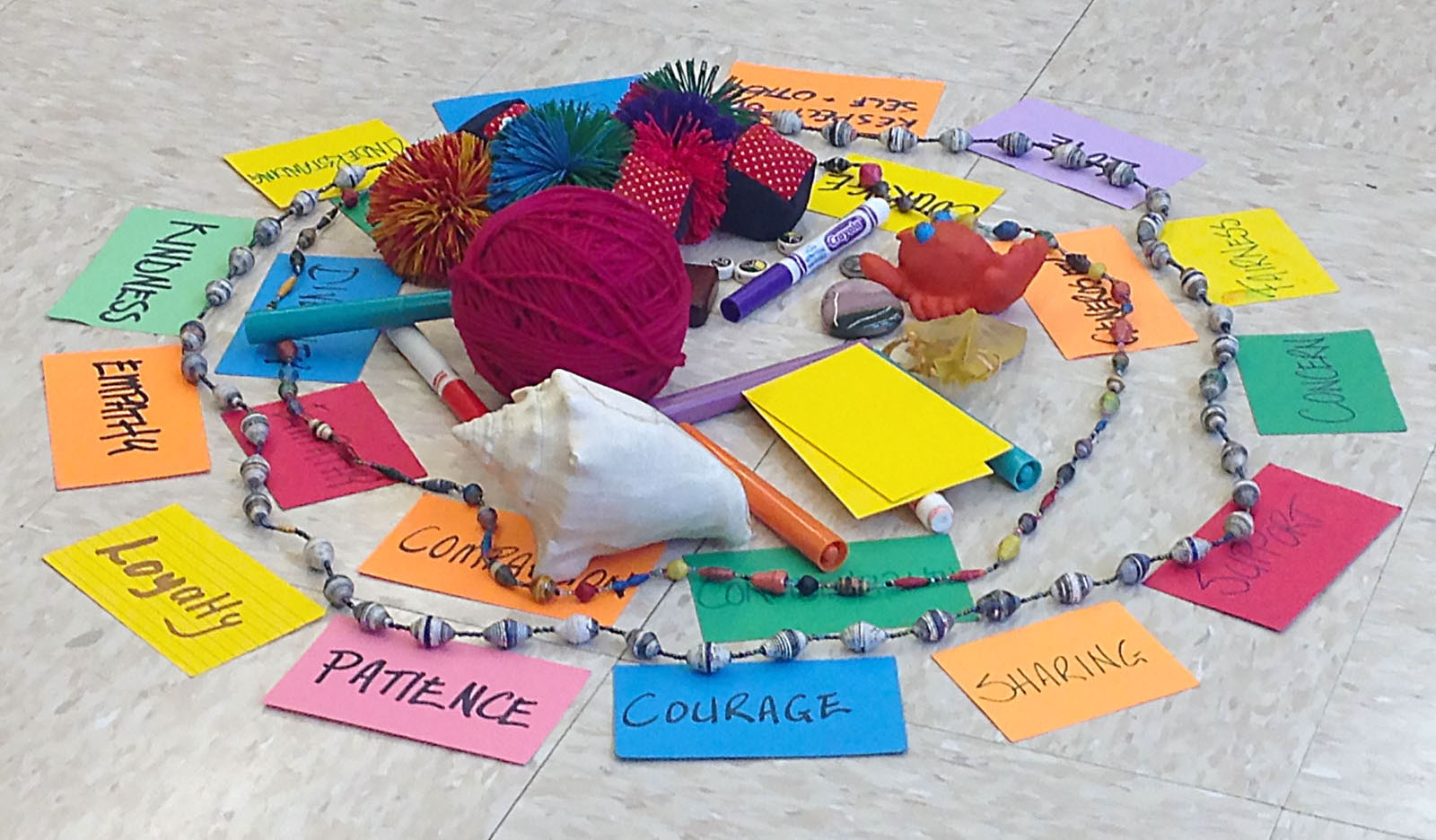Creating a caring classroom
It’s always helpful to begin the school year with activities and routines aimed at creating a caring and welcoming classroom community that values and supports every student. This year, intentionally working to establish a supportive classroom environment for all is more important than ever.
In the first days of class, give students a chance to get to know each other, to share and connect. Encourage students to decide on ways they will treat each other throughout the school year by guiding them in creating “community agreements” for your classroom. The beginning of the year is the best time to start thinking about and discussing these supportive classroom norms and routines, so that you can start building a welcoming and caring community.
Keep your community agreements posted in a prominent spot. Look at them as a work in progress that you can add to and deepen as needed over the course of the year.
There are many ways to get the school year off to a good start – even at times like these.
- This light getting-to-know-you activity may be helpful.
- This activity has students share their values in a circle. (Circle processes invite sharing and a sense of community in your classroom. See this introduction to circles.)
- See additional activities here.

Responding to upsetting events
It’s also important, now and throughout the year, to give young people time to share what is on their minds. Of course, the methods you choose need to be developmentally appropriate and sensitive to students’ backgrounds and needs. But all young people need an opportunity to talk and to be heard, especially when upsetting events happen. They need a chance to comfort and be comforted by one another. Giving students time to connect and support each other in this way can promote healing and lead to positive change.
If upsetting news is on your students’ minds, consider how you can make space for them to share their thoughts and feelings in a supportive environment. You may want to alert the school guidance counselor, social worker or other mental health professional about the discussion you plan to have, so that they will be ready to provide one-one-one support for students if that is needed.
Consider:
- inviting students to share a moment of silence for all who've been harmed by police violence
- inviting students to say one thing they wish for the families of those who have been killed
Suggest that there are many things that we can do to stand up to hatred and violence – and to make our communities supportive and welcoming for all. We gain even more power to change things when we take action together. Encourage students to decide on actions they can take in their school, community, or beyond.
When students are ready, use the events currently in the news as a teachable moment. Consider exploring issues ranging from specific news events, to the voices demanding change, to proposals for change. Always invite students to share their own experiences and perspectives. If students feel passionately about an issue, support them in taking positive action to address it.
See our TeachableMoment resource collection for lessons on these and other issues. We post new topical lessons regularly throughout the school year.
More suggestions and guidelines for discussing upsetting events are here.